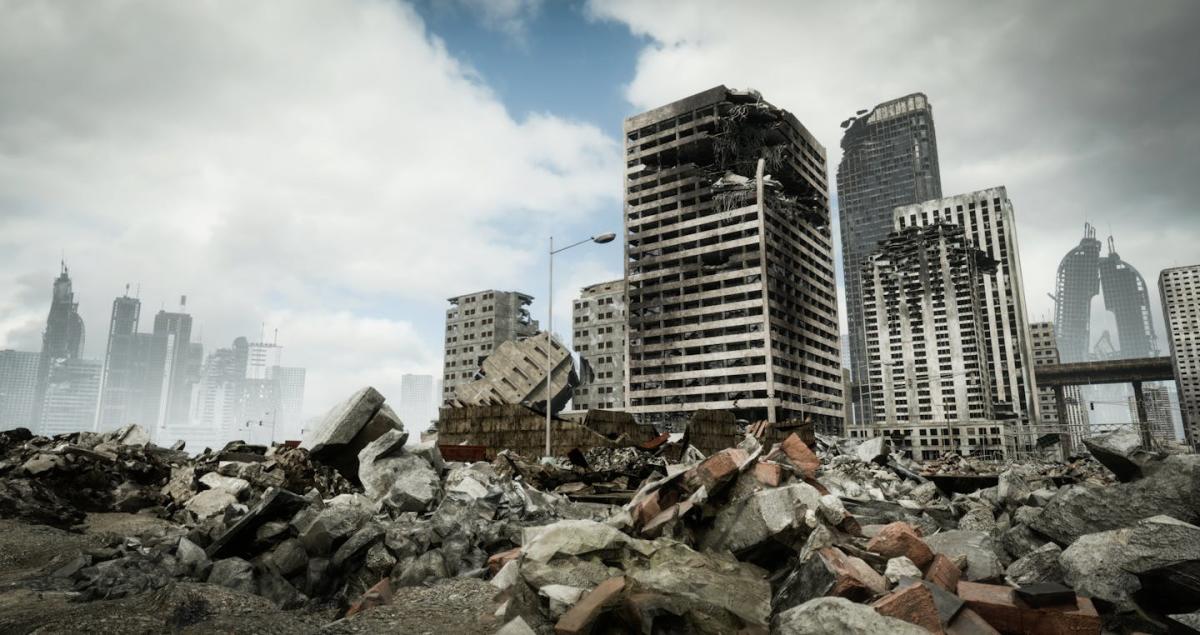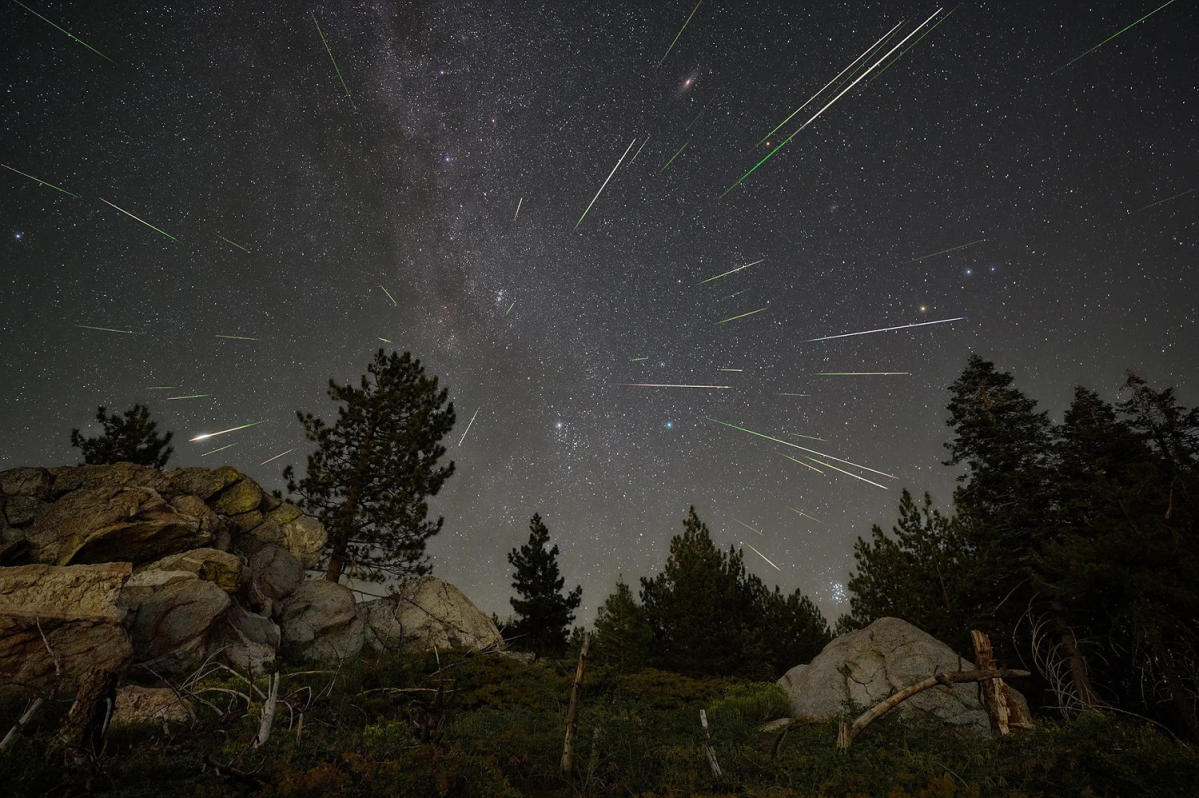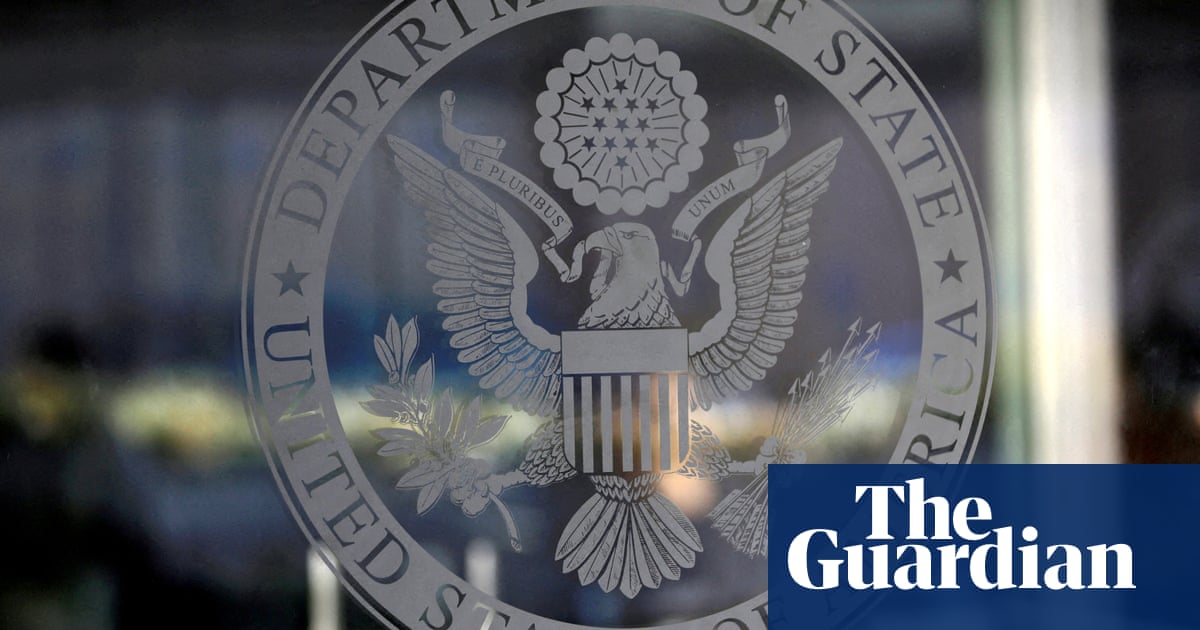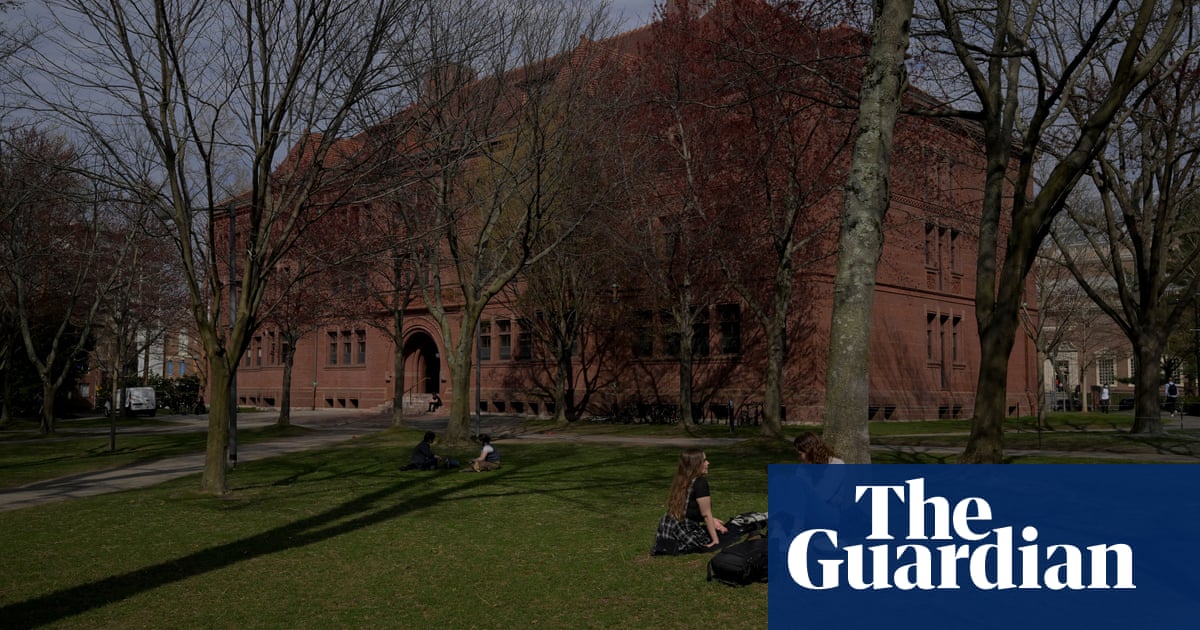March 2025 already had a total lunar eclipse, and coming up next is a partial solar eclipse on Saturday, March 29.
During the partial eclipse, the moon will pass in front of the sun and cast a shadow on parts of the Northern Hemisphere, according to NASA. Only part of the sun will be blocked, giving it a crescent appearance. While this won't be a total eclipse — like the one in 2024 — viewers will still need to use eye protection to safely view the phenomenon.
Astronomy fans can experience the partial solar eclipse in parts of North America, along with sections of Europe, Africa, northern Asia, small parts of South America and throughout Greenland and Iceland.
Partial solar eclipse map for March 2025
A map shows where the March 29, 2025, eclipse can be seen. / Credit: NASA's Scientific Visualization Studio
A NASA map shows where viewers will be able to experience the partial solar eclipse. It will only be viewable for those in the moon's shadow.
The curved yellow lines on the NASA map show how much of the sun will be covered by the moon when the partial eclipse is at its maximum coverage. The green lines show when the maximum eclipse will happen at locations along the lines.
When to see the partial solar eclipse
The viewers in the U.S. who are in the eclipse's path will need to wake up early to catch a glimpse of the solar eclipse because it will already be in progress during sunrise. The partial eclipse will occur later in the day elsewhere: in mid- to late morning in Europe and northwestern Africa, and in the afternoon or early evening in eastern Europe and northern Asia.
NASA provided specific times for when the partial eclipse starts, reaches its maximum and ends in several cities around the world, including multiple in the Northeastern U.S. Because the partial eclipse will start before sunrise in the U.S., NASA instead provided times for sunrise for the best viewing experiences.
The earliest viewing in the U.S. will be in Portland, Maine, where the sun will rise at 6:27 a.m. EST and the partial eclipse will reach its maximum — 64% — by 6:30 a.m. The partial eclipse will end by 7:10 a.m.
Next up is Boston, where the sun will rise at 6:31 a.m. EST, and the partial eclipse will reach the maximum coverage — 43% — by 6:38 a.m. The eclipse there will end by 7:07 a.m.
NASA provided viewing times for two New York cities: Buffalo and New York City. In New York City, sunrise will be at 6:44 a.m. EST, with the eclipse reaching its maximum of 22% by 6:46 a.m. The partial eclipse will end by 7:04 a.m.
The coverage in Buffalo will be very small: the maximum will be just 2%. Sunrise there is at 7:02 a.m. EST, with the partial eclipse reaching its maximum by 7:05 a.m. and finishing by 7:09 a.m.
The nation's capital and Baltimore, Maryland, will similarly have very little coverage during the eclipse. Maximum coverage in Washington, D.C., will be just 1%, and in Baltimore it will be 3%. Sunrise in Washington is at 6:56 a.m. EST, with the partial eclipse reaching its maximum by 6:59 a.m. and ending by 7:01 a.m. In Baltimore, sunrise will be at 6:55 a.m., with the partial eclipse reaching its maximum at 6:57 a.m. and ending at 7:02 a.m.
Viewers in Philadelphia, where the sun will rise at 6:31 a.m. EST, are a bit luckier. The partial eclipse sun will rise at 6:49 a.m. and the partial eclipse will reach maximum coverage — 12% — at 6:51 a.m. The partial eclipse will end there at 7:03 a.m.
There will be another partial solar eclipse in September this year, but it will not be viewable from the U.S.
How to safely watch the partial solar eclipse
It is never safe to look directly at the eclipse without proper eye protection. Try safe solar viewing glasses, also known as eclipse glasses. Do not use regular sunglasses.
Looking at the partial eclipse through a camera lens, telescope, binoculars or any other optical device even while wearing eclipse glasses or using a handheld solar viewer can also be dangerous, NASA said. There are solar filters that can be attached to the devices.
Using a pinhole projector is also a safe way of viewing the partial solar eclipse.
Hegseth reacts to Atlantic releasing his Signal texts to Trump team detailing Yemen bombing
Hegseth doubles down on Signal chat texts not being "war plans"
Former National Security Adviser H. R. McMaster reacts to Trump administration leak

 German (DE)
German (DE)  English (US)
English (US)  Spanish (ES)
Spanish (ES)  French (FR)
French (FR)  Hindi (IN)
Hindi (IN)  Italian (IT)
Italian (IT)  Russian (RU)
Russian (RU)  3 weeks ago
3 weeks ago
























Comments